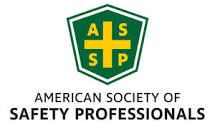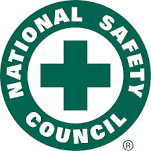Safeguarding your Workplace | FIRST, VERIFY
OSHA cited a New York City contractor after a 21-year-old laborer erecting scaffolding suffered a deadly fall at a Brooklyn building project. Investigation found that the worker's fall arrest harness was not tethered as required.
Falls are the leading cause of fatalities in construction, a fact sadly illustrated by the death of the 21-year-old laborer, who fell nearly 50 feet as he installed a supported tubular welded frame scaffold during construction of a seven-story Brooklyn building.
A U.S. Department of Labor Occupational Safety and Health Administration investigation of the incident determined that the Construction Company failed to ensure the laborer's fall arrest harness was attached, as required.
“This tragedy could have been prevented if the Construction Company had provided appropriate training on fall hazards and ensured workers were using fall protection correctly,” said OSHA Area Director.
OSHA proposed $300,370 in penalties for two willful and two serious safety violations. The agency found that the company:
- Failed to evaluate the feasibility of using fall protection and failed to use feasible fall protection during the erection of a supported scaffold.
- Did not properly train employees on fall hazards associated with scaffold work.
- Failed to inspect fall arrest systems before use.
- Did not determine if the anchorage for employees' personal fall arrest systems could support at least 5,000 pounds.
- The company has contested OSHA's findings to the independent Occupational Safety and Health Review Commission.
Under the Occupational Safety and Health Act of 1970, employers are responsible for providing safe and healthful workplaces for their employees. OSHA's role is to ensure these conditions for America's working men and women by setting and enforcing standards, and providing training, education and assistance.
There are a few essential to-dos that any organization can follow to avoid citations and penalties like the one stated above. One is conducting basic safety checks once a week at their workplace. A good tool to use could be a safety checklist like the Construction Safety Inspection Checklist that you can tick as you go around inspecting your workplace.
Numerous organizations throughout North America rely on FIRST, VERIFY’s Online Safety Orientation to deliver safety preparedness to their workforce and help avoid OSHA violations and citations. You could be one of them too.
You might also like

Book a Service Today
We will get back to you as soon as possible
Please try again later
Safety Starts Here!
We are available weekdays, starting at 8:00 am central.
FIRST, VERIFY Privacy Policy





